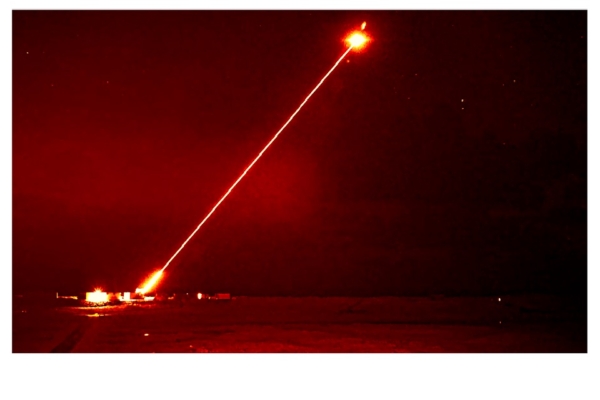**Global Military Forces Investing in Laser Weapons to Counter Low-Cost Drones**
Global military forces are actively seeking ways to effectively counter the threat posed by cheap unmanned drones. Some of the world’s renowned defense contractors are heavily investing in the development of low-cost, high-energy laser weapons.
According to a report by the Financial Times, companies such as RTX in the US, the European missile group (MBDA), and QinetiQ in the UK are pouring substantial resources into the development of laser weapons.
The widespread use of drones on the battlefield in conflicts like the one between Russia and Ukraine has prompted governments worldwide to acknowledge the urgency of addressing this low-cost attack method.
In Yemen, Houthi rebels have targeted international commercial ships passing through the Red Sea with drones or missiles. To ensure the safety of these shipping routes, the US and UK have been forced to launch missiles worth millions of dollars to counter drones that cost as little as $1,000 or even $100.
The rise of drone warfare has highlighted the issue of “asymmetric cost,” where defense costs exceed attack costs, putting defenders at a disadvantage while attackers have the upper hand. Laser weapons, capable of cutting through metal and destroying electronic equipment, are seen as a potential effective means to counter drones.
The US military earlier this year successfully used high-energy lasers to shoot down drones in the Middle East, marking a milestone in this emerging industry. Other militaries including those of the UK, France, Russia, South Korea, and China are also investing in the development of directed energy weapons.
In January, the UK conducted a test of a laser weapon named “DragonFire,” successfully hitting aerial targets. Developers stated that this marked the first successful operation of its kind in terms of power levels and capabilities in Europe.
According to the UK Ministry of Defence, the cost of firing a laser beam from “DragonFire” is £10 (less than $12), with high precision comparable to hitting a coin from a kilometer away.
The industry team working on this project is led by the European missile group, with members including QinetiQ from the UK and Leonardo from Italy. The development project commenced seven years ago.
In April, the UK Ministry of Defence announced plans to expedite the development process of “DragonFire.” The weapon is expected to be deployed on UK naval ships by 2027, five years earlier than initially planned.
The project team leader stated that currently, 150 engineers and scientists from the three companies are focusing on enhancing the reliability and robustness of “DragonFire,” as well as addressing integration challenges onboard ships.
Applying laser technology in the battlefield presents certain difficulties and challenges. Key technical challenges include ensuring the beam maintains accuracy for a sufficient duration to achieve the desired effect.
Despite recent progress, industry experts suggest that the short-term use of laser weapons may still be limited. For instance, laser weapons are directional and operate in a straight line, with reduced visibility due to smoke or other pollutants potentially impacting their accuracy.
Moreover, laser weapons require operation on stable platforms with a consistent power source, and the construction costs of laser systems are also high.

